Peptide therapy is moving fast and the peptides worth watching aren’t always the most talked about.
As peptide therapy continues to grow, clinicians are starting to look beyond the well-established compounds.
While peptides like BPC-157 and Semaglutide are already staples in many research protocols, others are beginning to attract quiet attention.
These emerging peptides, available for research use, are drawing attention for their potential roles in metabolic, regenerative, and immune-related pathways.
Below are 5 peptides currently being explored in research settings, each with unique characteristics and early data that make them worth watching.
1. MOTS-c
MOTS-c is a mitochondrial-derived peptide that plays a role in cellular energy regulation.
Preclinical studies have suggested that MOTS-c may enhance insulin sensitivity, reduce inflammation, and support metabolic homeostasis especially under stress conditions.
It’s being explored in the context of exercise performance, obesity-related research, and metabolic dysfunction. MOTS-c is part of a growing conversation around mitochondrial peptides and their systemic impact.
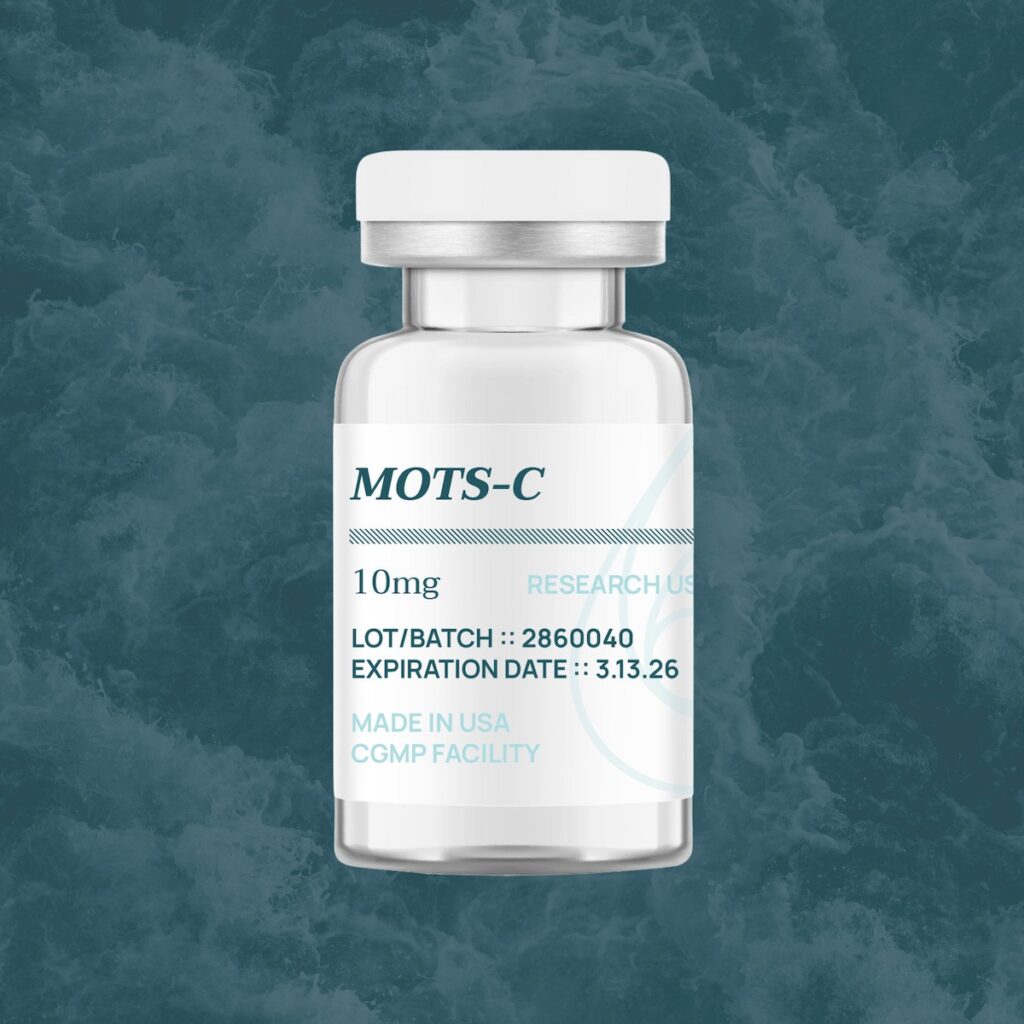
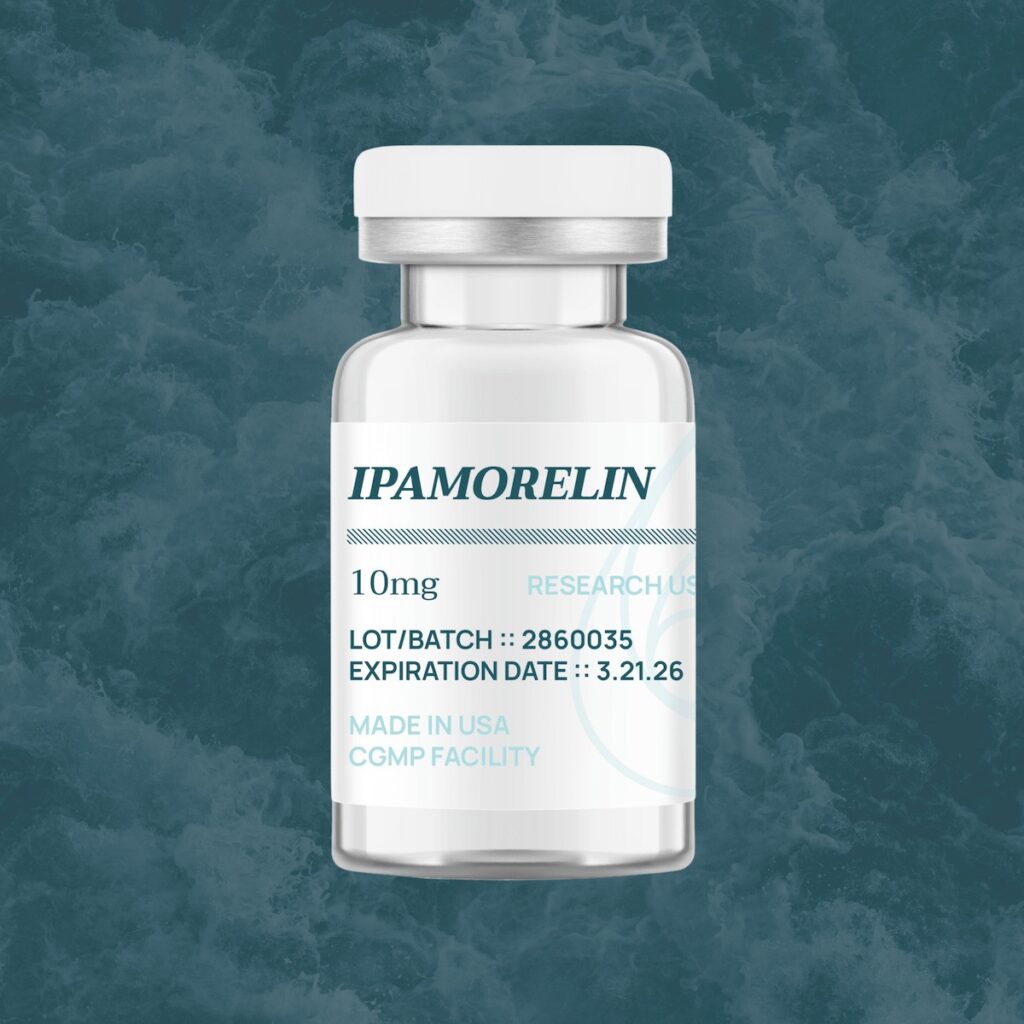
2. CJC-1295 / Ipamorelin blend
This combination remains a go-to for many clinics exploring growth hormone secretagogues.
CJC-1295 is a GHRH analog with extended half-life, while Ipamorelin selectively stimulates GH release without significantly impacting cortisol or prolactin levels.
Together, they’re studied for potential roles in recovery, muscle preservation, and tissue repair.
Their longer duration and favorable side effect profile continue to keep this blend relevant.
→ Study: CJC-1295 and Its Effects on GH/IGF-1 Activation
→ Study: Ipamorelin as a Selective GH Secretagogue
3. Semaglutide / BPC-157 blend
Though widely recognized individually, combining Semaglutide, a GLP-1 receptor agonist, with BPC-157 is a more recent area of interest.
This pairing is being looked at not just for appetite modulation, but also for gut barrier integrity and recovery from inflammation.
The combination suggests potential synergies, particularly in metabolic and gastrointestinal-focused protocols.
→ Study: BPC-157 and Its Role in Tissue Healing
→ Study: Semaglutide’s Absorption and Metabolism in Humans
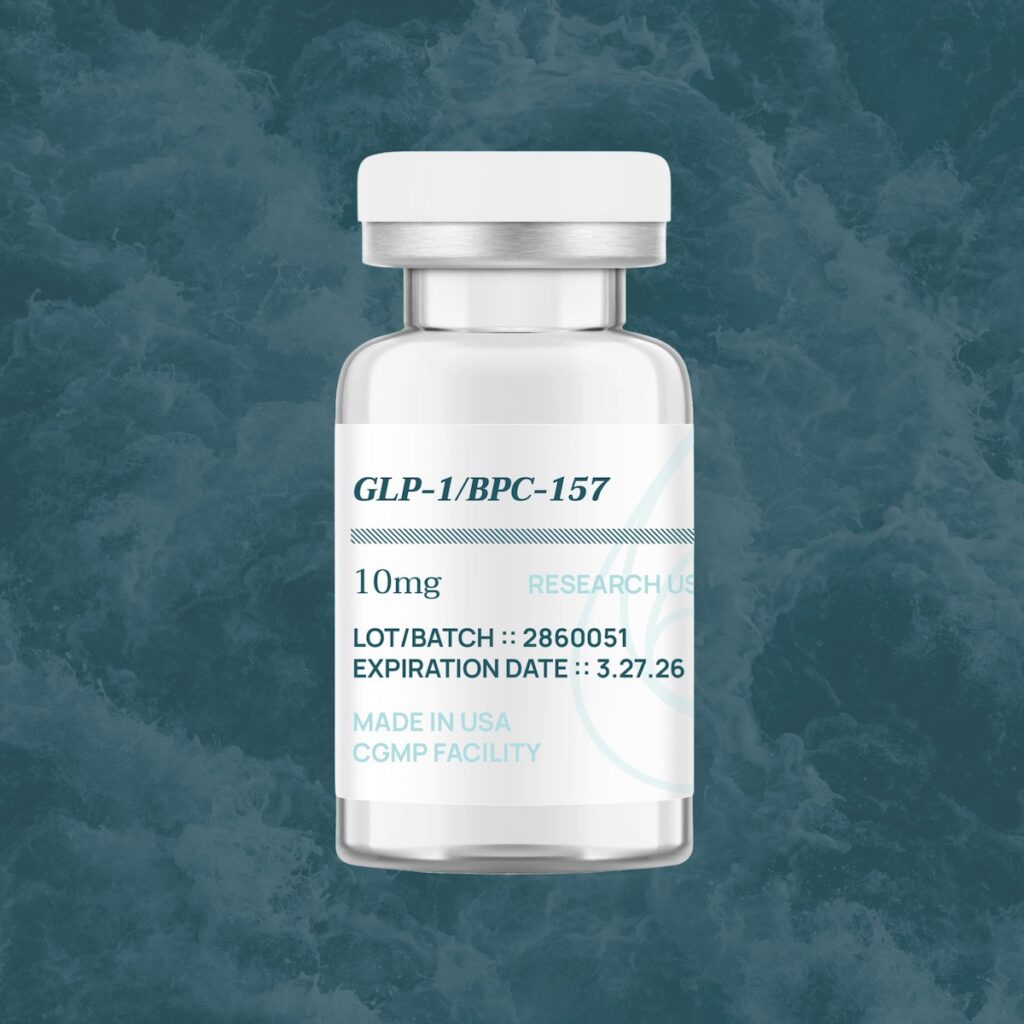
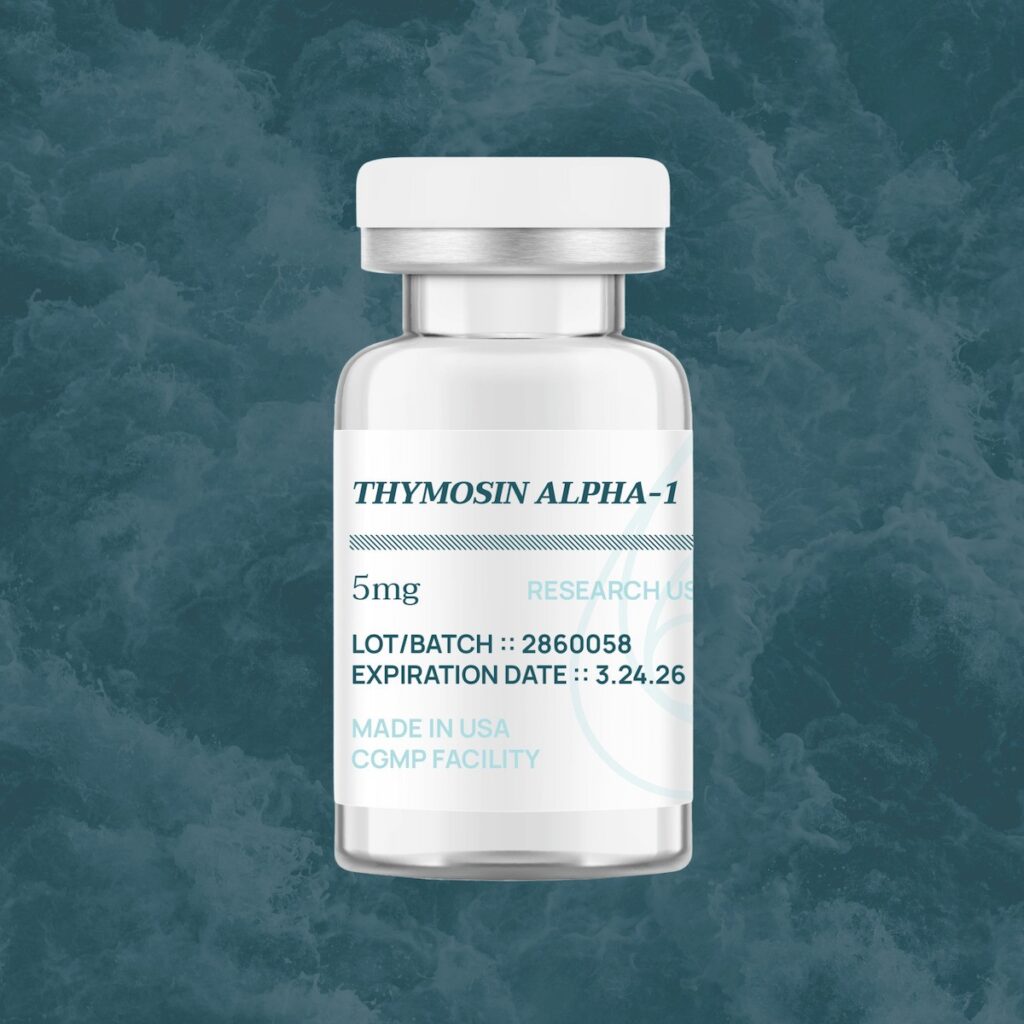
4. Thymosin Alpha-1 (TA-1)
This peptide has been researched for its role in immune modulation and T-cell activation.
Used internationally in clinical environments, TA-1 continues to draw interest in studies involving chronic infections, immune dysregulation, and inflammation.
Its inclusion in protocols tied to viral defense has made it particularly relevant in the post-pandemic clinical mindset.
A 2023 narrative review involving over 11,000 participants across more than 30 trials highlights its ongoing relevance in research surrounding COVID-19, cancer, and autoimmune conditions.
→ Study: Safety and Efficacy of Thymosin Alpha-1 in Clinical Trials
→ Study: Thymosin Alpha-1 and Immune Restoration in Severe Illness
5. Tirzepatide / BPC-157 blend
Tirzepatide has already made headlines for its dual GIP/GLP-1 agonist activity and FDA approval for type 2 diabetes.
More recently, researchers are evaluating its synergistic effects when used alongside BPC-157 in experimental designs.
These investigations are probing the intersection between metabolic regulation and tissue repair.
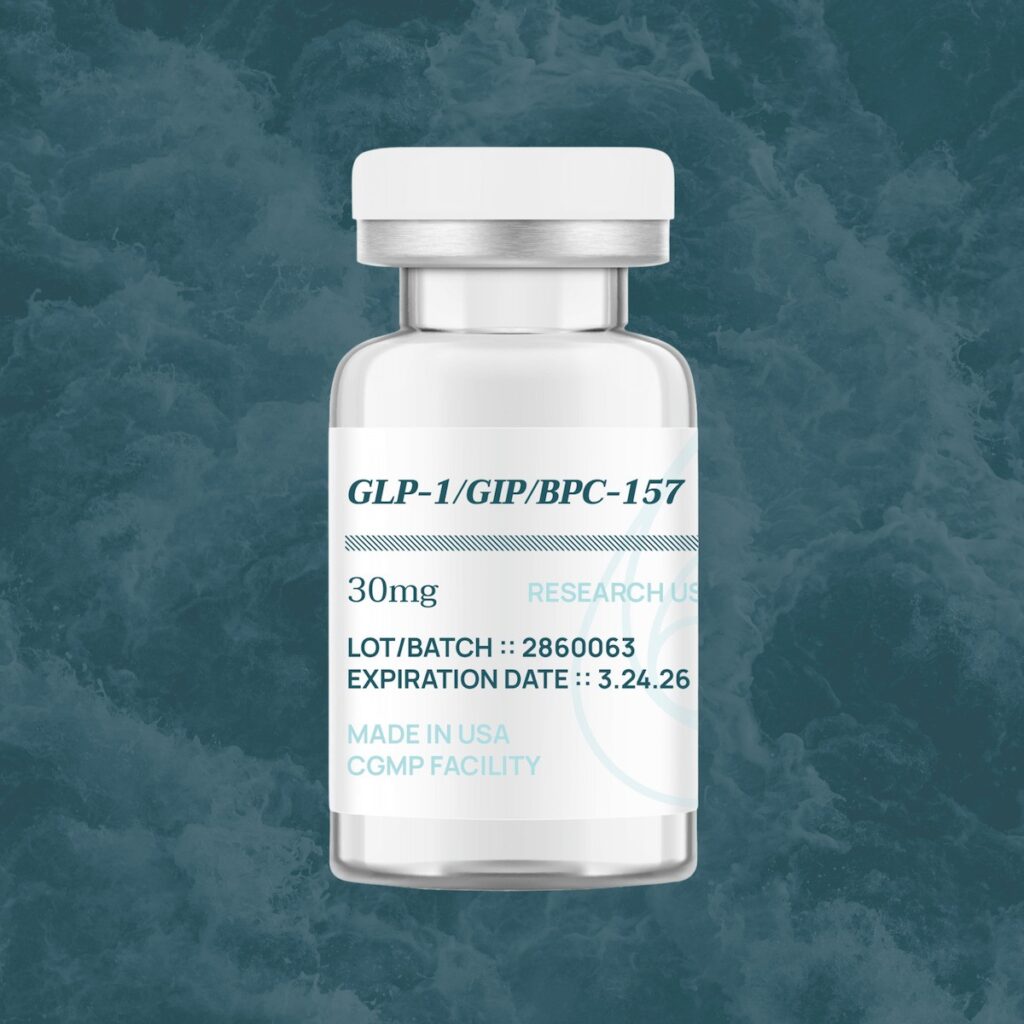
What’s Driving Interest in These Peptides?
Beyond their individual mechanisms, there’s a bigger story unfolding, one that reflects how clinicians are rethinking protocols, outcomes, and what it means to stay ahead in research-based care.
What makes these peptides stand out isn’t just their mechanisms, it’s the momentum behind them.
Many clinicians are following the data closely, particularly as new findings shape how we understand tissue repair, metabolic modulation, and immune support.
For instance, in preclinical studies, BPC-157 has consistently shown effects on angiogenesis, tissue regeneration, and inflammation modulation.
Its stability in gastric environments and potential for systemic effects via subcutaneous research routes continues to attract scientific curiosity.
Anecdotal evidence and a growing body of research have kept it in the spotlight for decades.
CJC-1295, especially when paired with Ipamorelin, is gaining attention for its impact on growth hormone secretion and recovery support.
Research suggests the combination may influence body composition markers like lean muscle retention and fat metabolism. Data from studies and practitioner reports have helped drive demand for more structured exploration.
One peptide that’s particularly promising in immune and inflammation-focused research is Thymosin Alpha-1 (TA-1).
Used internationally under various research conditions, TA-1 has been studied for its role in T-cell modulation and immune restoration.
It’s being explored in areas ranging from chronic infections to broader immune dysregulation syndromes, which keeps it on the radar for practitioners operating in the “research-forward” space.
Meanwhile, Tirzepatide, already FDA-approved for type 2 diabetes under the brand name Mounjaro, is increasingly being trialed off-label in clinical studies for weight management.
What’s interesting is how some clinicians are pairing it with BPC-157 to explore synergistic effects, particularly around gut healing and appetite regulation.
As research evolves, staying ahead means staying curious.
These peptides aren’t just products, they represent a shift in how forward-thinking clinics approach care, protocols, and patient outcomes, even within the boundaries of responsible, research-only use.
Want to stay ahead of what’s next in peptide therapy?
Join our newsletter for insider research, clinical trends, and early insights into emerging peptides shaping the future of care.
The information provided in this article is for educational and informational purposes only and is not intended as medical or clinical advice. It should not be used to diagnose, treat, or prescribe for any health condition. Always consult a qualified healthcare professional before making any medical decisions or changes to treatment protocols.
